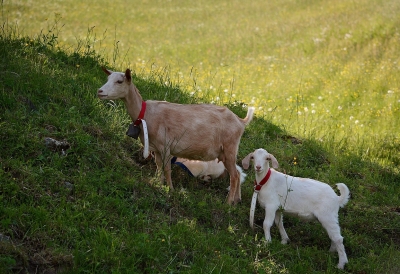The goal of biological noxious weed control is not a total elimination of weeds, but a reduction to the barest minimum level. Biological control of plants has similar principles as the biological control of insects. Biological noxious weed control is the use of pathogens, predators, and parasites to control the population of organism better than they would naturally occur.
The use of biological control may not solve every weed infestation issue. Also, bio-control should not be used independently but should be integrated into a weed control scheme.
• Consistent and continuous control even without human intervention after initiation
• Permanent
• Zero residual chemical effect
• No chemical pollution
• Non-toxic
• Slow pace at reducing pest population
• Relatively low effectiveness and less reliable than chemical methods
• Has no effect on a weed complex
• It does not eliminate weeds
• It may not be recommended for weeds with similar features as another crop. This is as a result of the difficulty to tell the weed from the crop
Biological control can not be used against List A noxious weed species.
Application of Biological Noxious Weed Control Methods
There are 3 Bio-control methods of application
1. Argumentation (Argumentative Method)
The local agent and a foreign or exotic pest.
• After discovering the relationship, the biological control agent increases its population by purposefully release in the habitat of the pest.
2. Classical Bio-Control
Both pests and agents are exotic.
This houses most of the actions of bio-control
3. Neo-Classical Bio
A local pest and an exotic agent
This is when a new agent is brought to manage local pests. This is a construction which aims at suppressing local plants or insect system
This bio-control has been practiced right from the beginning of land plants. However, we became more conscious if their use in recent times.
Comments are closed.